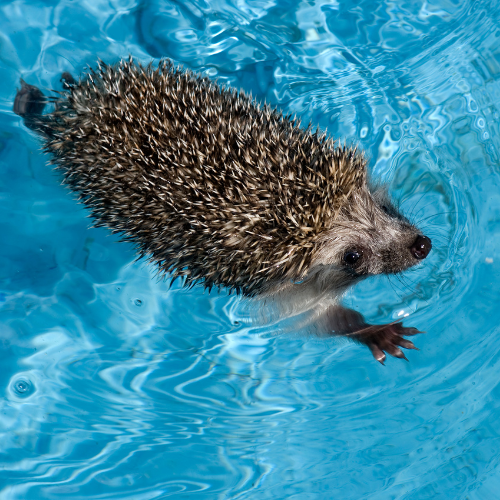Do Rabbits Lay Eggs or Give Birth
The Reality of Rabbit Reproduction
Rabbits are popular pets and are often used as a cultural symbol, most commonly associated with easter and springtime. Because rabbits are associated with easter and easter eggs many people have misconceptions about these cute little animals. One of the most common myths that some people tend to believe is that rabbit lays eggs. In this article, we explore the truth about rabbit reproduction and find out once and or all if rabbits really do lay eggs.
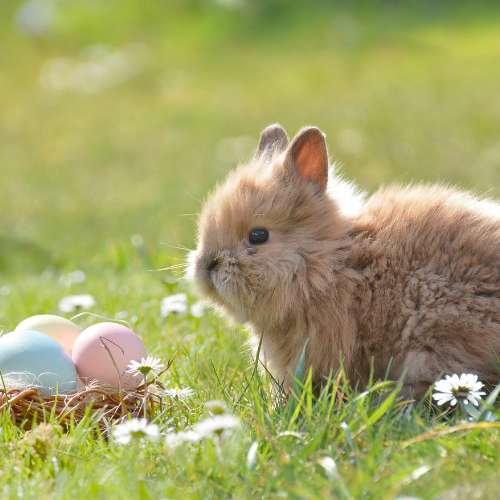
Bunnies Are Mammals, Not Birds or Reptiles
Rabbits belong to the Lagomorpha order, which includes similar animals such as hares and pikas. Because Lagomorpha are all mammals and mammals give birth to live young (Exceptions are the duck-billed platypus and the echidna. These species lay eggs.) These qualities set them apart from birds and reptiles which are the only species known to lay eggs.
Rabbits Have a Gestation Period
Rabbits have a gestation period of roughly 31 days. A gestation period is the amount of time it takes for a baby to grow inside its mother’s womb before it is born. It’s like a waiting time for the baby to grow big and strong so it can be born into the world. After a successful gestation period, a bunny will give birth to a litter of around 4-12 kits (Baby rabbits)
Bunny Kits Are Born Blind and Furless
Baby rabbits are born in a very vulnerable state and are completely dependent on their mother for survival. The mother of the babies will nurse them for many weeks until they are old enough and strong enough to eat solid food. During this time they will grow rapidly and develop their senses eventually becoming able to look after themselves.
So Do Rabbits Lay Eggs
No rabbits do not lay eggs, they are mammals that give birth to live young who they care for until their offspring are ready to live independently. Rabbits have a gestation period which means they can only give birth to live young. No, egg-laying animals have a gestation period. They lay eggs that hatch after a certain incubation period. So next time someone asks you if bunnies lay eggs, you can answer them confidently with a resounding no!
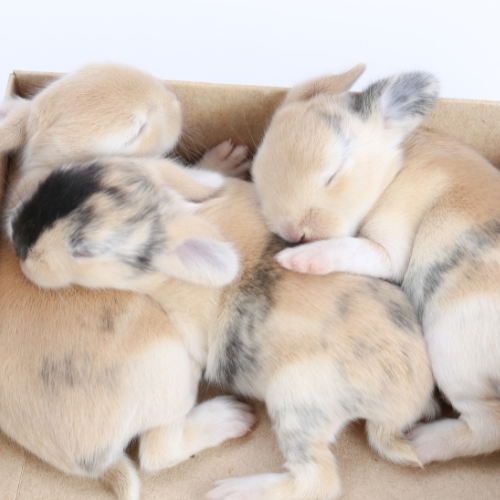
Why did the Easter Bunny cross the road?
Because the chicken had his eggs!
The Easter Bunny [The Reason People Are Confused]
When it comes to Easter, not many people think of the religious side of things. That’s not a bad thing! Christianity is no longer at the forefront of life. It still exists, obviously, but people can opt into it rather than opting out like it used to be in many places. This is great! One tradition that people often connect to both Easter and Christianity is the easter bunny.
The Easter bunny is said to actually pre-date Christianity, as a supposedly ancient pagan tradition. Rumour has it that it is connected to the spring goddess Eostre, as her animal symbol. Rabbits, due to how fast they make babies, are a symbol of fertility and spring growth – this is fitting, given the time of year!
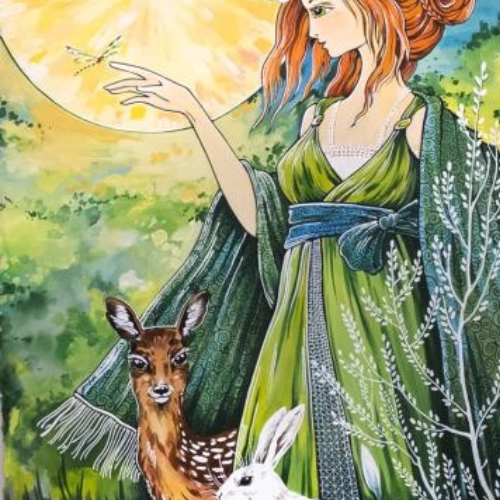
When it comes to egg-laying rabbits, the egg-laying hare was first mentioned in the latter half of the 17th century. It was brought over to America by German immigrants, who called the little egg-laying critter ‘Osterhase’ or ‘Oschter Haws’. Every year, children would make nests for Osterhase, and they would hope that they had been good enough for the hare to lay its colorful eggs in their nest. They’d also leave out carrots – so not unlike how carrots are left out for Santa’s reindeer later on in the year!
But did Eostre actually exist? She is attested solely in the work of Bede, the famous chronicler. As much as his work does inform of us of a lot of happenings and traditions of the time, the fact that she isn’t mentioned elsewhere is a bit suspicious! She has been proposed to be connected to the aforementioned German easter customs but there is no direct evidence
How does the Easter Bunny stay healthy?
Eggs-ercise, specifically hare-obics
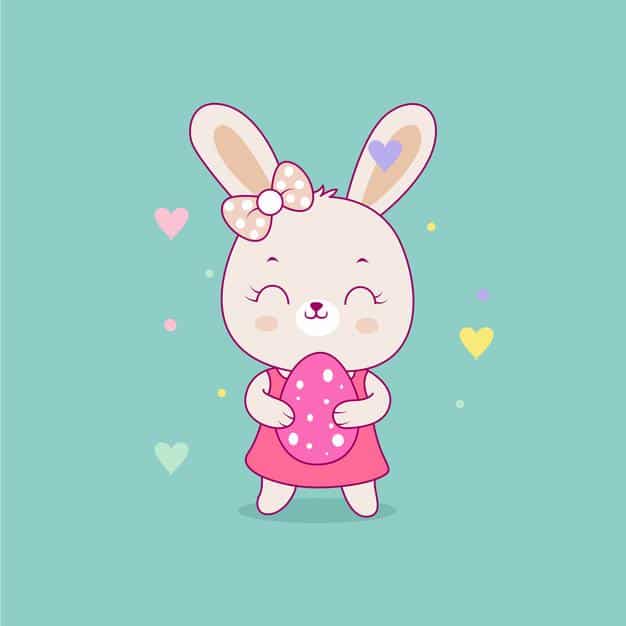
Do Rabbits Lay Eggs in Folklore, and Mythology
Bunny rabbits have been the main character in a whole host of myths, folklore, and stories around the world for nearly as long as people have been telling each other stories. That’s a long time! Here are a few examples of rabbits popping up in folklore and mythology around the world.
Everyone knows that rabbits can be tricksters thanks to Bugs Bunny. But way before then, rabbits became known for being tricksters in Central Africa. Here they are called ‘Kalulu’.
This is in contrast to rabbits in Japan. They live on the moon and make mochi, which is a mashed sticky rice snack (delicious!). The dark spots on the moon are where they are standing on their hind legs using a mortar to pound the rice.
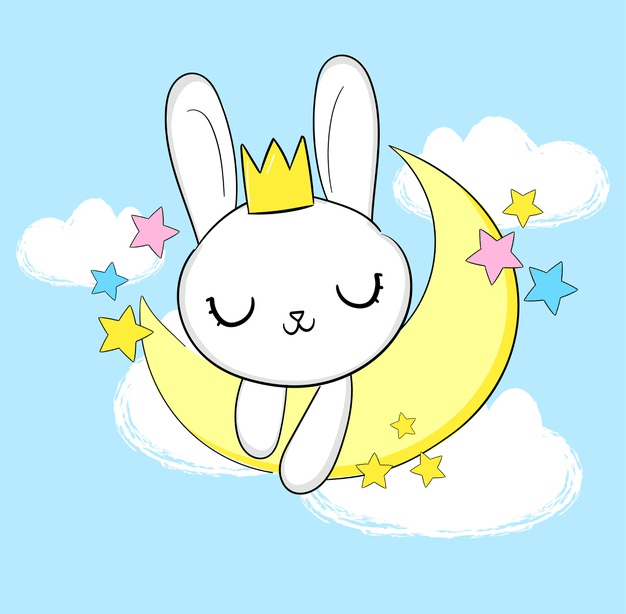
In Vietnam, rabbits are associated with innocence and youthfulness. In their mythology, the other gods often hunt rabbits to prove their power. Catching a rabbit is no easy feat!
Another tradition that is popular both in Britain and in America is that of repeating rabbit three times on the first day of the month. This has to be done as soon as you wake up. From that moment on, you’ll have good luck for the rest of the month!
I was going to tell you a joke about an egg, but it’s not all it’s cracked up to be.
Rabbit Traditions Around the World
Springtime is important to a lot of people around the world. It is a period of growth and renewal. It is no surprise then that cultures from all around the world have their own spring traditions. In India, they celebrate Holi. This is a celebration that lasts for a day and a night, and it involves throwing colored powder at each other. Fun, right? The colored powder represents the colors of spring.
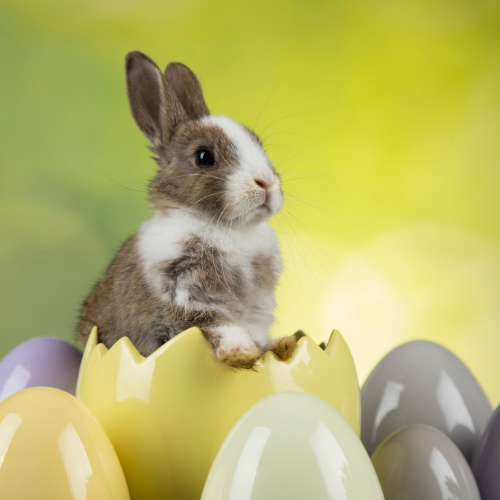
Another celebration is the Cimburijada in Bosnia. This involves a communal meal of scrambled eggs, sharing stories, and seeing the spring together as a community. In a day and age where that kind of closeness is rare, it definitely sounds peaceful. Another celebration is the Spring Equinox at the pyramid of Teotihuacan in Mexico. People climb the 360 steps to reach the top where they soak in the sun’s energy for the year to come, basking in the warmth of the sun’s rays.
Where does the Easter Bunny go when he needs a new tail?
To a re-tail store
Where Do Easter Eggs Come From
So, we now know where the easter bunny came from. We now also definitely know that rabbits don’t lay eggs – but there are other mammals that do! So just where did easter eggs come from? Easter eggs were originally intended to represent the empty tomb of Jesus, which he came out of following his resurrection. Early eggs were even stained red to represent his blood! Creepy, right?
It is thought that eggs as a tradition came out of Mesopotamia, went East with the Orthodox churches, and then went West with the Catholic and Protestant churches. Eggs could not be eaten during the period of Lent, but they could after it was over – this coincides with Easter weekend.
But this isn’t the first time that eggs – or just their shells – have been decorated. The oldest known decorated eggshell so far is that of an ostrich, found in Africa. It is an amazing 60,000 years old!
364 days of the year: Do NOT eat anything you find on the ground.
Easter: Go and search in the dirt for candy a strange giant bunny left for you, kids!

Doctor of Veterinary Medicine (D.V.M.) at Nation Taiwan University,Master of Science (M.S.) in Biomedical Engineering at National Taiwan University of Science and Technology




